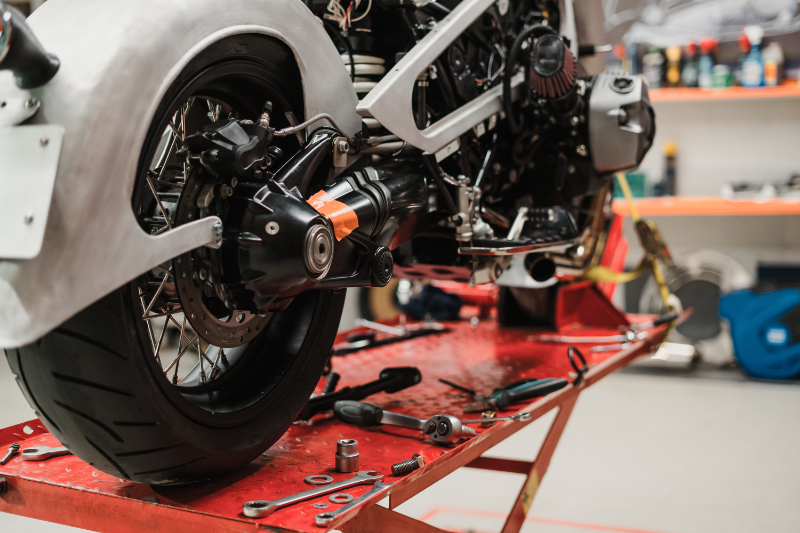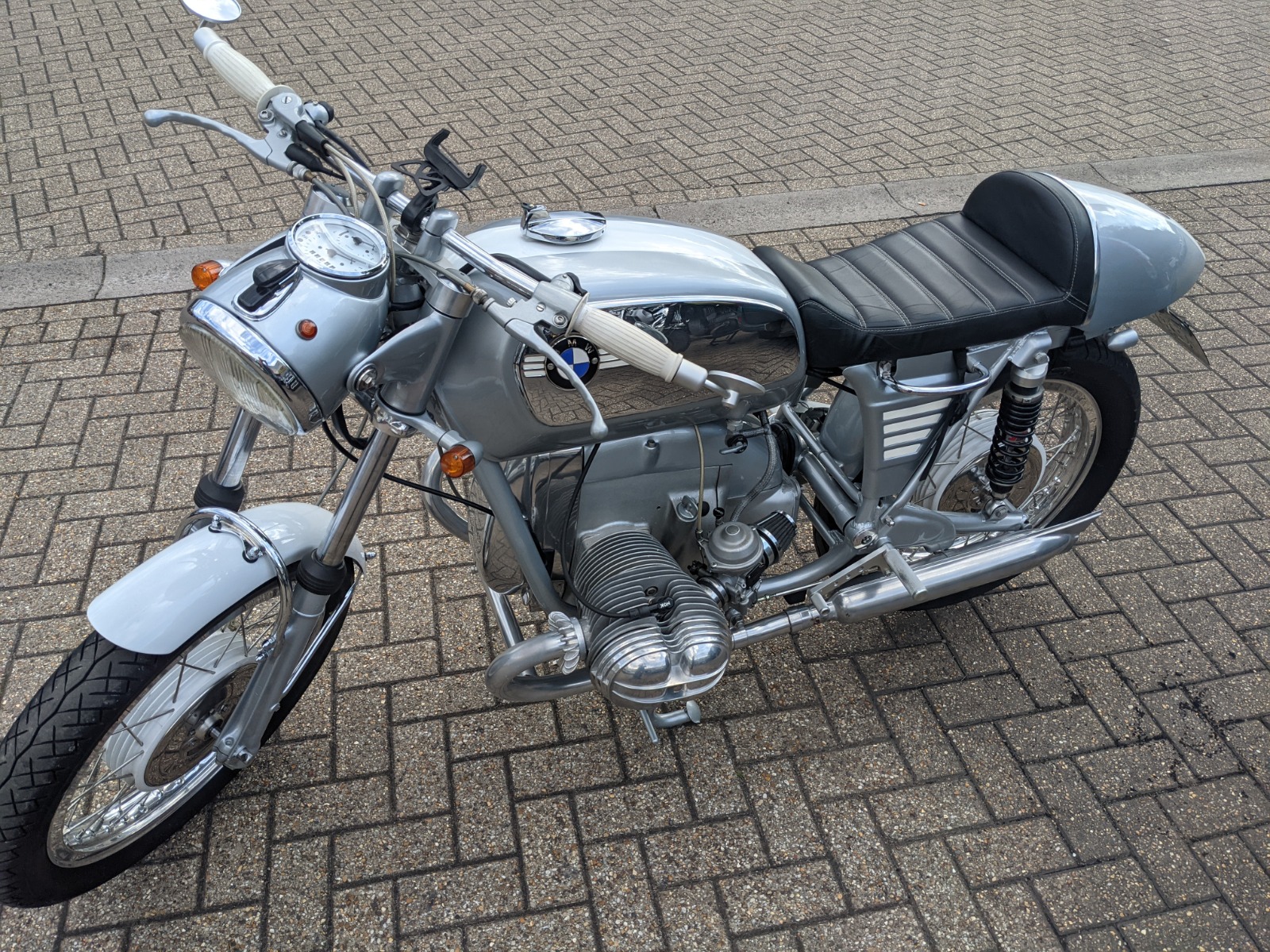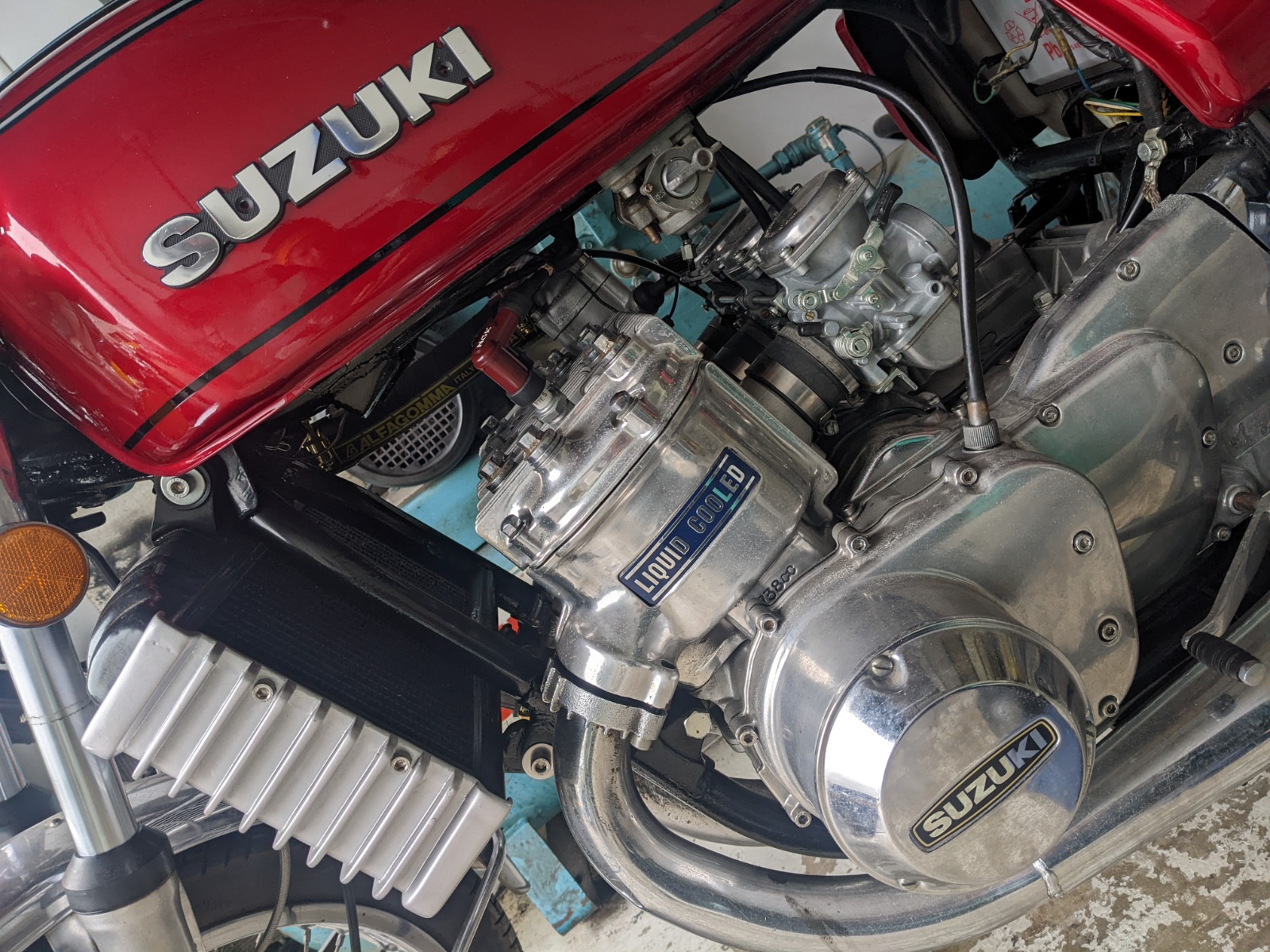So winter is coming...
Protecting your bike against cold temperatures is vital for a healthy lifespan. This includes good practice in bike preparation and winter storage, as well as odd jobs to ensure the bike is properly protected throughout colder months, like rinsing the motorbike regularly. Winter shouldn't mean an end to all riding, as wrapping up and hitting the crisp roads can be invigorating. Riding your motorcycle on quieter roads can give a greater sense of freedom, and muted, misty days can bring a feeling of peace and calm.
However, if you are planning to store your bike up for winter, we offer reliable recommendations for storage preparations and methods below. The motorcycle must be shielded from the elements, as well as pests and other damaging factors. Various steps are involved when storing your bike for winter, this includes a handful of tasks during the storage period, and regular maintenance ensures the motorcycle will be usable after storage. Having good practice when it comes to storing your motorbike can ensure longevity and save you a lot of money, so take time to learn the best methods.
MOTORCYCLE TYRES IN WINTER
The state of your motorcycle's tyres can be a matter of life and death. If you notice a flat or inadequate tyre, it should be dealt with before any winter rides. During the winter months, the necessity for high-quality and maintained tyres increases as the risk grows. You must prioritise time to frequently check the tire pressure, ensure it sits within the manufacturer's recommended values, and that tyre tread depth remains well above the legal minimum.
Tyre pressure and tyre are two factors that determine how efficiently the tires work on cold, damp mornings and evenings. These two factors channel water away from the contact patch with the road, which prevents freezing and slippery driving.
Some riders believe releasing some air from the tyres can improve grip during brisk winter months, yet manufacturers actually advise against this. Letting air out can deform tyres and prevent them from rapidly heating up, creating more risk.
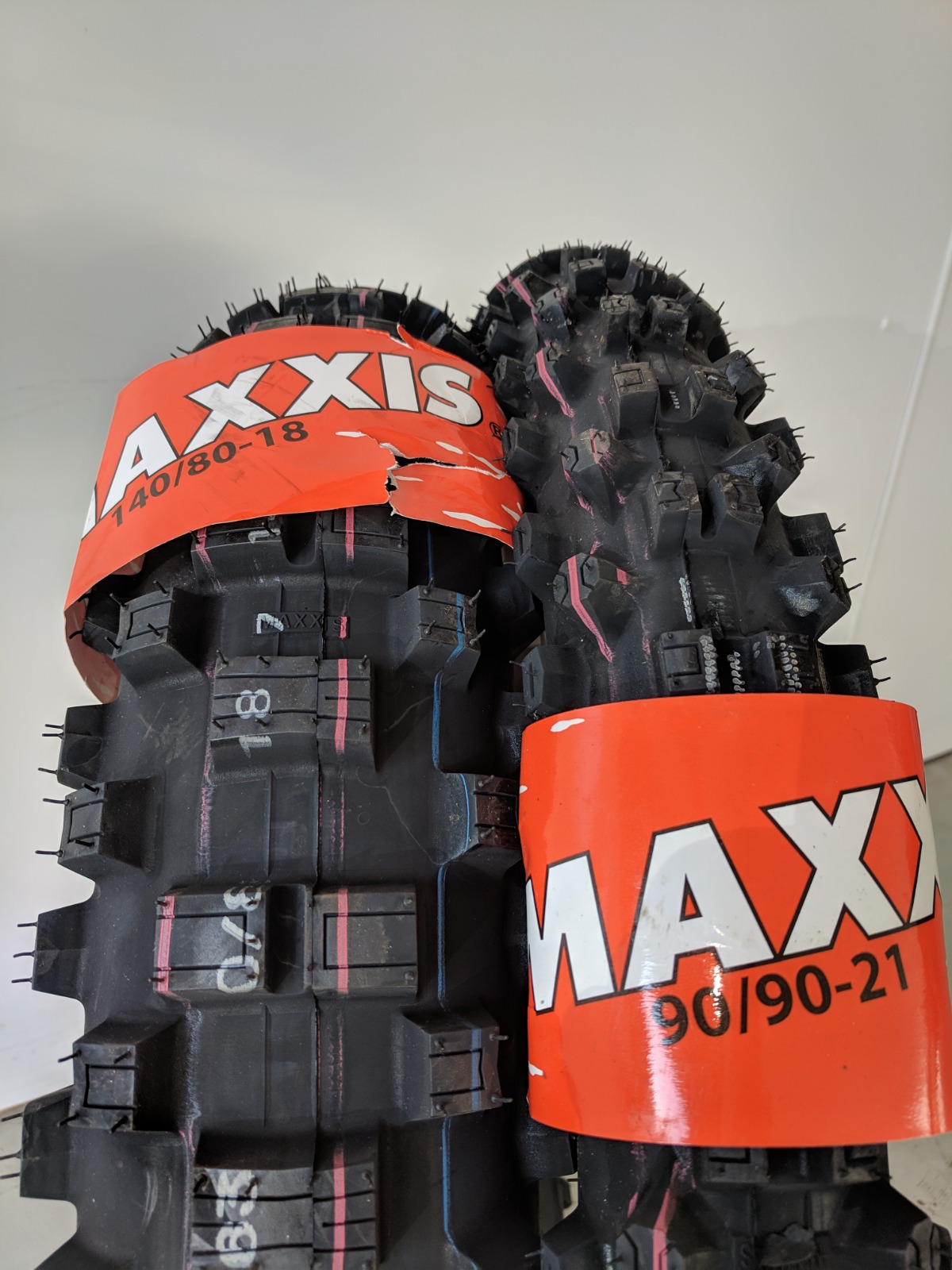
TRICKLE CHARGE YOUR BATTERY
It's natural for a motorbikes battery to slowly lose charge over time; this process can be accelerated by colder temperatures and lack of regular maintenance. Additionally, reduced rides during winter mean less opportunity to fully recharge the bike's battery, and, annoyingly, it may require charging before you head out on a ride. Furthermore, allowing your battery to run flat negatively affects the motorbike's health and longevity. Avoiding a flat battery saves you money in the long run, as new batteries carry a hefty sum.
If you're leaving your motorbike for a few days, hook it up to a trickle charger, otherwise known by the brand name 'Battery Tender'. Trickle charges are known to increase a motorcycle's battery lifespan by up to 3 years and can prevent the irritating realisation your battery is flat just as you want to head out for a ride. Letting your battery run flat can negatively impact its health. So, to avoid killing it and having to shell out for a new one, hook it up to a trickle charger when you leave your bike for more than a few days without a charge.
LIGHTS & SIGNALS CHECKS
Pre-ride checks should entail a quick examination of your lights and signals' working condition. However, we know it can be hard to prioritise these checks when the sun is beaming and your heart is already out on the roads. When winter arrives, light and signal checks dramatically increase in importance, as the days and nights are darker and the roads are slipperier. Country roads are known to have a severe lack of lighting; without functioning motorcycle lights, this can be a death trap.
You must always ensure that the lights are working, clean and clearly visible to others. During the winter months, wetted dirt can stick to the motorbike, and grime can quickly build up on all exposed surfaces. Complete a routine check of lights and signals before setting off for a ride, including indicators, headlights, brake lights and the bike's full beams. If a cleaner is required, you can use a simple 'Helmet, Visor and Goggle Cleaner' to guarantee bright lights and maximal safety. It's smart to keep a travel-size bottle on your person when riding, allowing for quick pit stop cleans on longer rides. To further reduce dirt build-up without preventing light, you can apply a clear adhesive covering to the headlights.
CHECK COOLANT & ENGINE OIL
Modern technology has enabled the modification of traditional motor oils, making them less likely to freeze when temperatures drop. No matter what type of engine oil you use, whether freeze-resistant or not, insufficient amounts can lead to a bike breakdown. This can be detrimental on long and obscure rides without regular fuel stations or local stops. Coolant can be topped up with anti-freeze to prevent fluid from freezing in the bike radiator. A motorcycle's standard ratio for coolant concentration is 50/50 (coolant, water), however, in wintertime, it should be 60/40 (coolant, water). Don't forget to check the brake fluid levels!
CLEAN & LUBRICATE YOUR CHAIN
A motorcycle chain should be periodically checked throughout the year, yet in the winter months, it may demand more attention. The colder months mean one thing, road salt. Road salt is widely known as the biggest nuisance for drivers and even more so for motorcycle riders during winter. The salt can flick up into intricate parts of the machine, causing surface corrosion and rust development.
Chain lifespan quickly reduces if rust is left to set in, as it becomes more prone to snapping. A deep clean using a drivetrain cleaner and bike chain brush every 300 miles or so, will remove any lingering grime and improve traction. After cleaning, rinse off the chain and leave it to dry, then apply a coat of all-weather or wet-weather chain lubrication.
WASH YOUR BIKE AFTER EVERY RIDE
We know it's tempting to head straight inside for a warm brew and rest after a long ride in the cold. However, before you warm up, don't forget to give your bike a thorough rinse-off. A cold water rinse should remove any lingering salt and grime collected during a ride, preventing deeper set-in corrosion and damage.
Do not use hot water as this can dissolve road salt and cause further spreading. Many drivers set up a motorbike safe pressure washer in their garage or storage space for a hassle-free clean-off after rides. Just be sure the pressure washer is motorbike safe, as too high pressures can damage components.
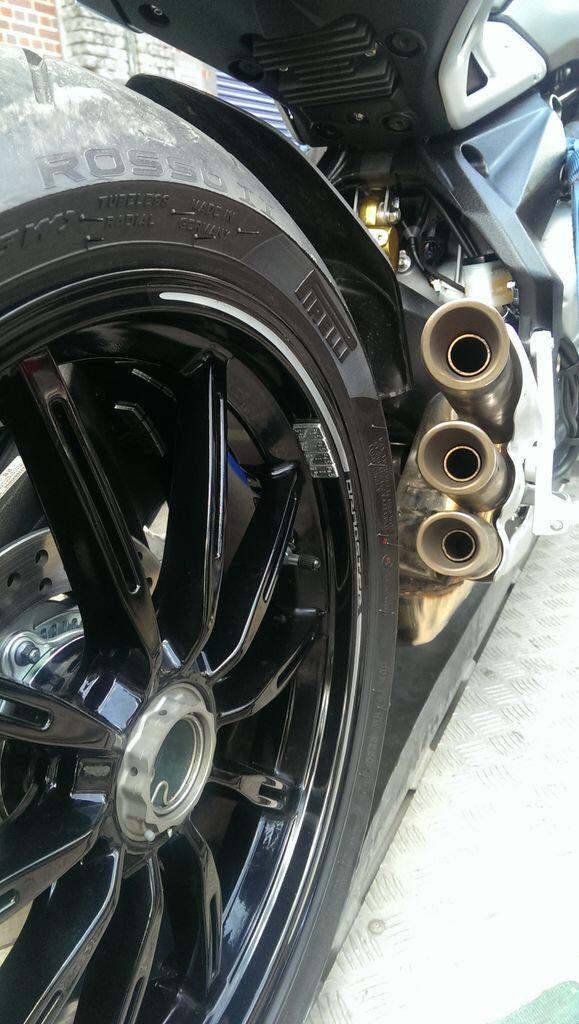
Tips When Storing Your Bike
Below we break down the top tips for protecting your bike during storage periods, from fuel levels to insurance cover. Whether you own a garage, shed or use a spare room, ensure you follow our advice. For further details, feel free to contact our professional and reliable team at Jap & German Motorcycles.
Prevent Corrosion
It may be common sense, but ensure your motorcycle gets a thorough clean after its final ride before hibernation. Leaving an unwashed motorcycle for months on end can lead to moisture and corrosion damage to metal components.
After completing a thorough wash, make sure you dry the bike entirely to remove any remaining moisture that can initiate corrosion. Additionally, you can use anti-corrosion sprays to protect the chassis and other metal components.
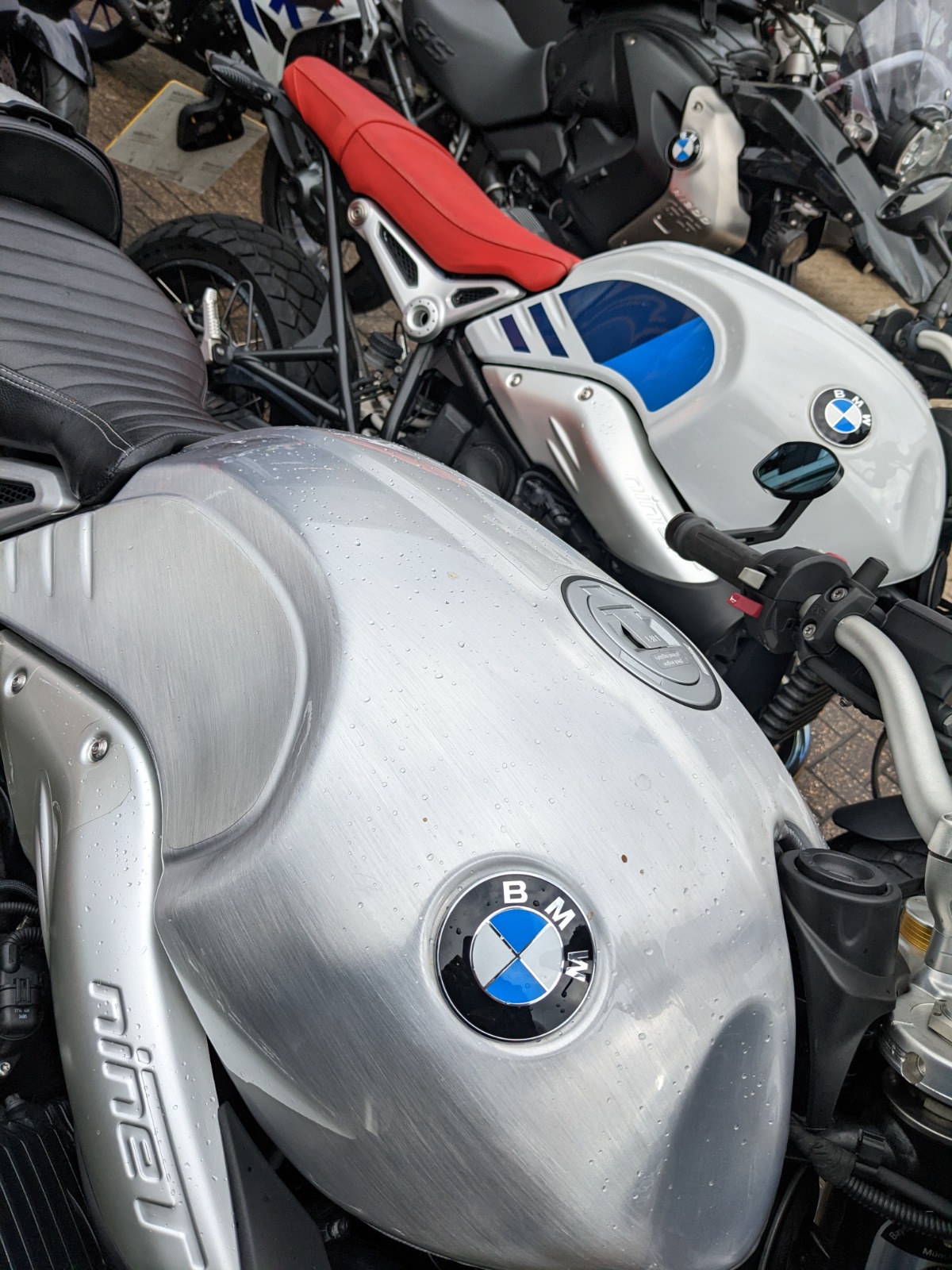
START YOUR ENGINE
The motorcycle's exhaust pipe is prone to condensation, which corrodes and rots the metal. Periodically starting up your engine can prevent damage, as the warmth of the engine removes water build-ups. If you store the bike in a garage, make sure it's ventilated before starting the engine, an indicator it's reached a satisfactory level is when the fan kicks in. Once this task is complete, the machine must be cooled down before applying any corrosion protection fluids and then recovered.
KEEP FUEL TOPPED UP
When it comes to fuel, there are two contradictory ideas, either leave it full or drain it completely when putting it into storage. Some argue a full tank prevents rust from setting in over winter, whilst others insist draining the tank is much better for the longevity of the bike. It's professionally recommended that you leave the tank full so long as you regularly start the bike up. Motorcycle petrol rapidly loses octane, leaving a grimy mess prone to blocking up carbs and injectors when not flushed away properly. To flush away the crud, start up the motorcycle, and do this every few weeks to prevent issues.
KEEP IT COVERED
Where you choose to store your motorcycle can make a huge difference. Tucking it away out of walkways and commonly used areas prevents scraps and other things from being lent against it. Also, consider the areas most prone to pests, as they can cause damage to the components.
If you don't own a storage space like a shed or garage, you can purchase a specialised outdoor bike cover to protect your motorbike from the elements if stored outside. Motorcycle insurance should cover how the bike is stored, as this can affect premiums and the likelihood of damage.
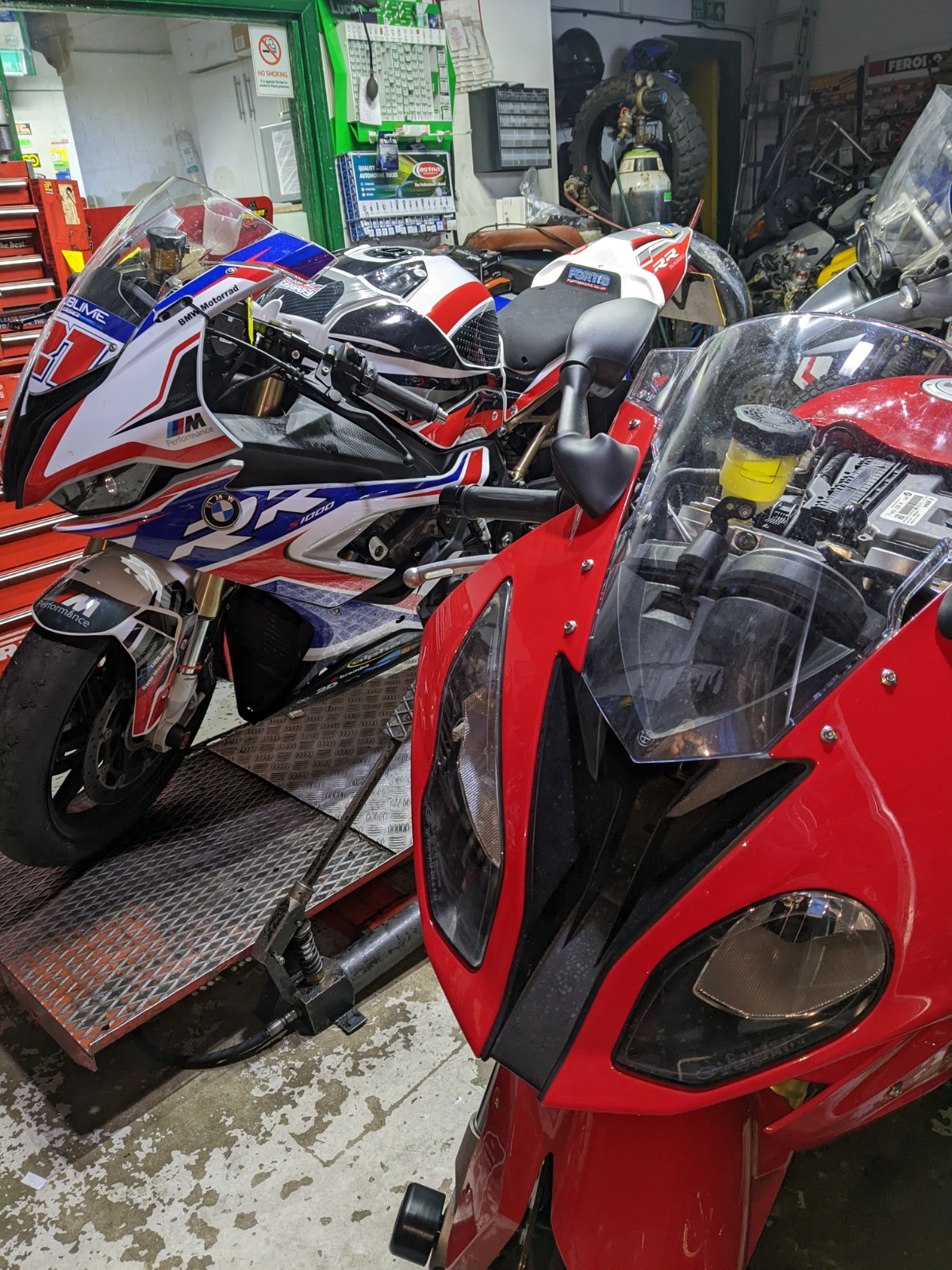
KEEP IT LOCKED UP
Whenever leaving an item of value for extended periods, it can become vulnerable, especially if it's stored in public domains. A motorcycle left unused can be scouted by criminals and made a target, so ensure it's locked up safe. Use a sturdy lock, ideally with a ground anchor, to make removal of the bike as difficult and time-consuming as possible for potential thieves. If you're not planning on riding the bike anytime soon, you may as well secure it as much as physically possible, and even install an immobiliser and/or alarm.
TAX & INSURANCE
If you have no plans to ride your bike in the near future, it's time to cancel the road tax and communicate to authorities bodies that your motorcycle is SORN (Statutory Off Road Notification). Most motorbike insurance covers you whilst riding and whilst the bikes are in storage; however, it's best to check.
A comprehensive policy will cover the bike if it's stolen, fire damaged and/or accidental/malicious damage. Look out for 'Third Party Fire and Theft' (TPFT) cover when deciding on new motorcycle insurance. Lastly, don't forget to check the motorcycle's MoT is in date, and problems highlighted for repair have been mended.
USE PADDOCK STANDS
When storing a motorcycle, consider using one or two paddock stands. Paddock stands are used to keep the bike in a sturdy position whilst removing the weight from the bike's tyres.
Lifting the weight of the tyres is beneficial for the tyre condition; however, if you don't have paddock stands, you can over-inflate the tyres before hibernation to retain their shape.
Moreover, placing a scrap piece of carpet or similar material between the ground and tyre and regular turning of the tyre can prevent flat spots. Once out of storage, make sure the correct pressures are matched to manufacturer advice.
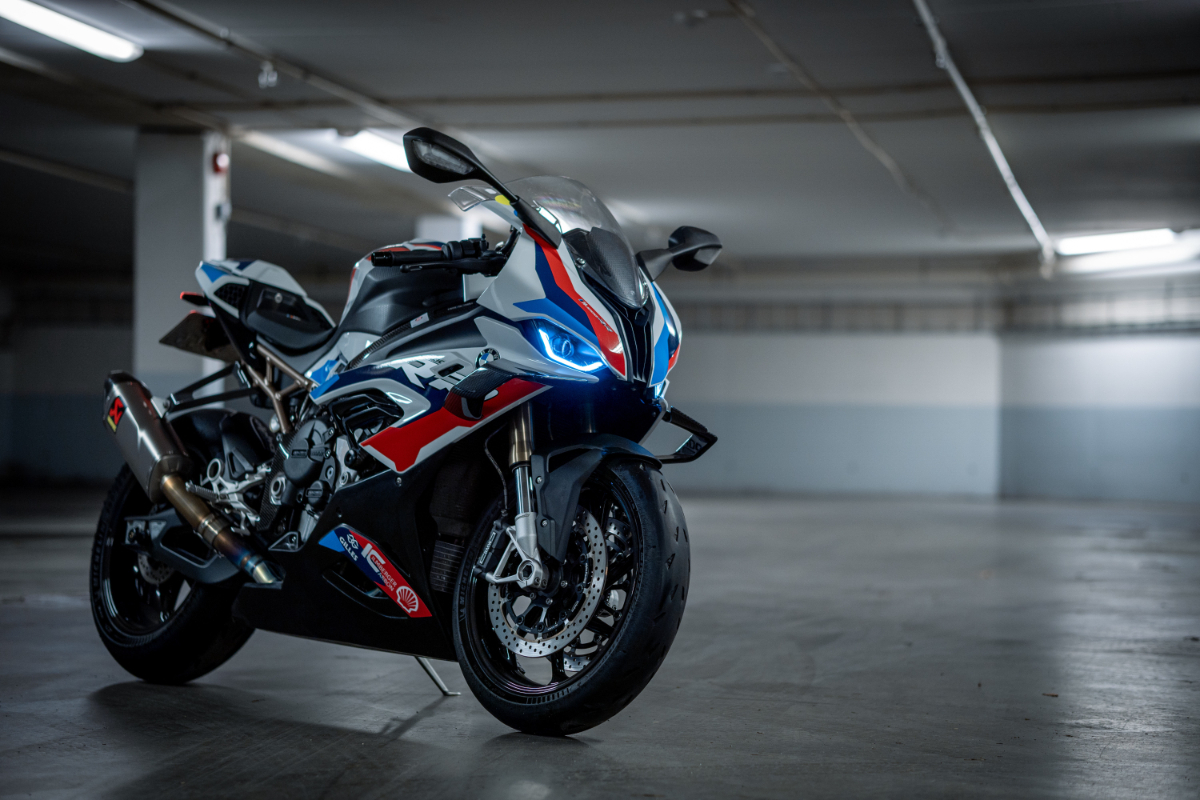
Jap & German Motorcycles provides the best services in and around West London. Whatever you require, our team can assist you with everything from BMW motorbike repairs to providing motorbike spare parts.


